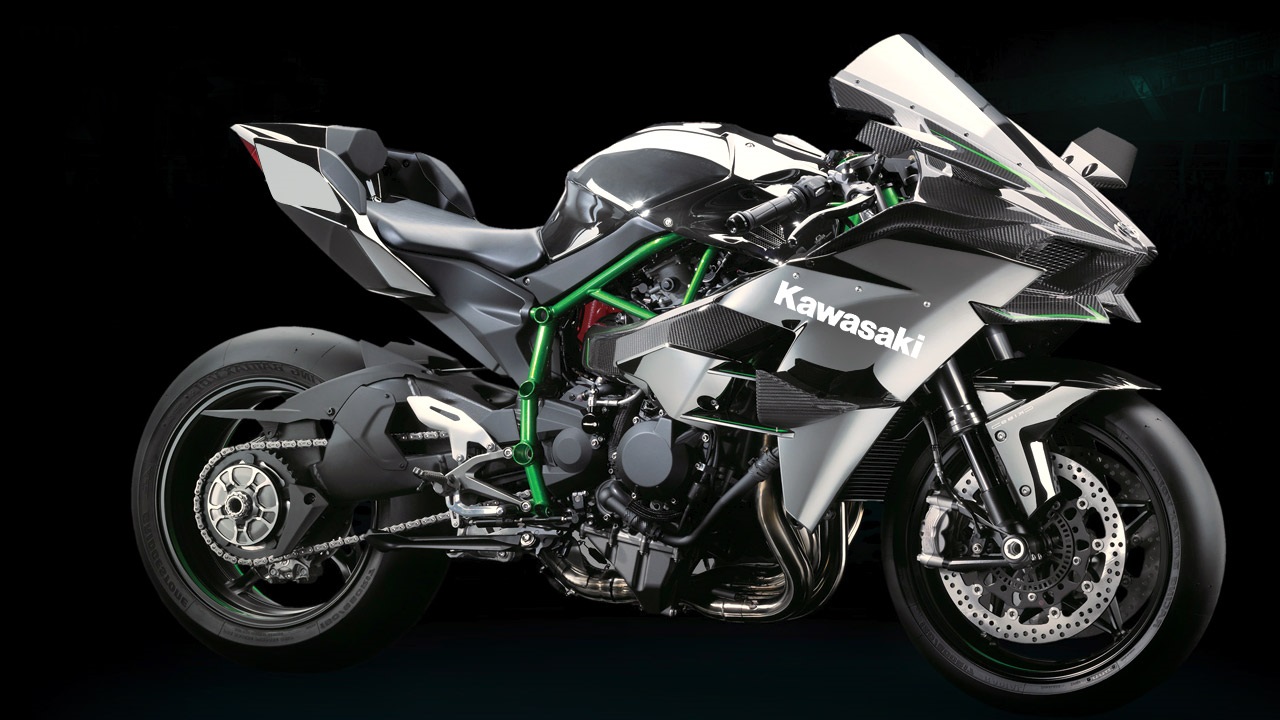Introduction to Heavy Bike Performance Optimization
Heavy bikes—commonly known as superbikes or sportbikes—are more than just fast machines. They’re a combination of power, engineering, and thrill that demand both knowledge and skill to ride efficiently. Whether you own a 600cc or a high-performance 1000cc motorcycle, understanding how to improve heavy bike performance can transform your riding experience.
This detailed guide is packed with valuable insights to help you boost your superbike’s speed, control, and efficiency. From engine upgrades and suspension tuning to mastering braking and riding techniques, we cover everything you need to maximize your heavy bike’s true potential.
Understanding What Makes Heavy Bike Performance Stand Out
To unlock your bike’s best performance, it’s essential to understand how certain components work together. Here’s what heavily impacts how your sportbike performs:
Key Elements That Affect Superbikes’ Speed and Control
-
Engine Displacement & Horsepower: High-displacement engines (600cc to 1000cc+) deliver insane power and top-end speed.
-
Suspension Setup: Plays a major role in handling curves, bumps, and aggressive riding.
-
Braking System: Essential for safety, especially with heavy bikes that reach high speeds.
-
Aerodynamics: Fairings, windshields, and riding posture all affect airflow and speed.
How to Improve Engine Performance for Heavy Bikes
Your engine is the core of your bike’s power. Let’s break down how you can squeeze more performance out of it:
1. Stick to Routine Maintenance
Changing engine oil regularly and replacing filters keeps internal components running smoothly. It reduces wear and improves throttle response—basic, but highly effective.
2. Choose High-Octane Fuel
Fuel with higher octane offers better combustion, resulting in smoother rides and more power. It also prevents engine knocking in performance bikes.
3. Upgrade to a Performance Exhaust System
Installing a lightweight aftermarket exhaust helps reduce backpressure, increases horsepower, and gives your bike a throatier sound that riders love.
4. Consider ECU Remapping
Optimizing your bike’s ECU allows for better fuel and air delivery. This tuning tweak improves acceleration, fuel efficiency, and overall responsiveness.
5. Add a Performance Air Filter
These filters allow for higher airflow, which means better combustion and improved torque. It’s one of the easiest ways to enhance heavy bike performance.
Best Suspension Tuning Tips for Smoother Handling
Riding a powerful machine means you need complete control. Here’s how to fine-tune your suspension for better cornering and balance:
1. Adjust the Preload Based on Your Weight
Preload affects how much the suspension compresses under your weight. Set it correctly to ensure the bike rides level and responds well during acceleration or braking.
2. Tune Compression and Rebound Damping
These settings control how your suspension behaves over bumps and after shocks. Adjust according to the terrain and your riding style to gain a smoother, controlled ride.
3. Regular Suspension Check-Ups
Inspect forks and shocks regularly. Look for signs of oil leaks, worn-out seals, or uneven compression. Keeping these parts fresh ensures consistent ride quality.
4. Invest in Upgraded Suspension Parts
Premium aftermarket forks or shock absorbers offer superior performance, especially for aggressive riders or track day lovers.
How to Increase Braking Performance on a Heavy Bike
Stopping power is just as important as acceleration. Here are practical ways to make sure your braking system is as responsive as your engine:
1. Use Premium Brake Pads
Upgrading to sintered or ceramic brake pads results in shorter stopping distances, especially in wet or high-speed conditions.
2. Replace Brake Fluid Regularly
Old brake fluid can reduce responsiveness. Flush and refill with fresh fluid annually for optimal performance.
3. Upgrade Brake Lines
Steel-braided brake lines expand less than rubber ones, providing better feel and firmer braking power.
4. Keep Brake Components Clean and Calibrated
Brake rotors, calipers, and pads should be checked routinely. Proper alignment and regular cleaning maintain consistent braking performance.
Enhancing Heavy Bike Aerodynamics for Higher Speed
Reducing drag helps increase top-end speed and fuel efficiency. Here’s how to streamline your ride:
1. Use Windshields or Full Fairings
Fairings cut through the wind, keeping your bike stable at higher speeds. They also help improve fuel efficiency over long rides.
2. Adjust Your Riding Posture
Tucking your body—especially arms and knees—helps reduce resistance and improves balance at high speeds.
3. Wear Aerodynamic Riding Gear
Slim helmets and tight-fitting suits reduce wind resistance, allowing smoother airflow around your body while riding fast.
Advanced Riding Techniques for Better Heavy Bike Performance
Even with the best components, poor technique limits your bike’s potential. Improve your riding with these expert tips:
1. Control Your Throttle Smoothly
Avoid sudden jerks or rapid twists on the throttle. Smooth control keeps the tires planted and enhances grip—especially on corners.
2. Practice Progressive Braking
Apply both front and rear brakes gradually to avoid skidding. Proper braking helps maintain control during emergencies.
3. Perfect Your Cornering
Look ahead through the turn, lean the bike, and maintain a steady throttle. Practice this to make tight turns feel effortless.
4. Position Your Body Correctly
Shift your weight forward during acceleration and slightly back during hard braking. In turns, lean into the curve for better stability.
5. Ride Consistently and Practice Often
Consistent riding and attending track days or rider training programs help build your confidence and control.
Final Thoughts on Maximizing Heavy Bike Performance
Heavy bikes are built for thrill, power, and unmatched road presence. But unlocking their full potential requires more than just owning one. With smart upgrades, consistent maintenance, and skillful riding, you can take your bike’s performance to the next level.
Focus on each area—engine tuning, suspension optimization, braking improvements, aerodynamic tweaks, and refining your riding technique. By doing so, you’ll not only boost speed and handling but also make every ride smoother, safer, and far more enjoyable.

